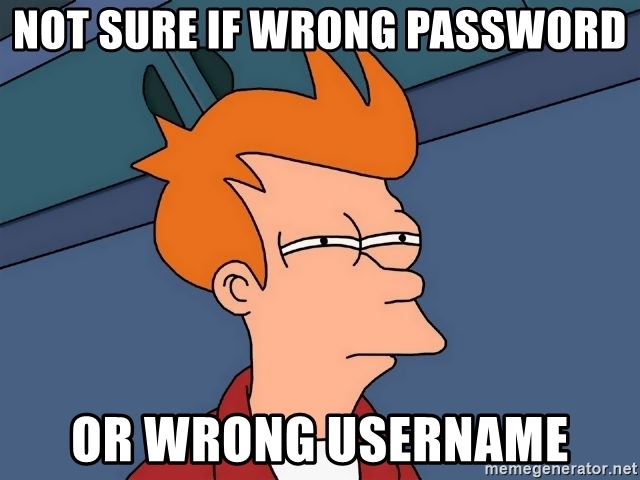
You’ve probably come across such images on the Internet, perhaps without even knowing it: memes. These are mostly pictures with funny text on them. You can find them on Facebook, for example, or get them sent via WhatsApp. Memes are especially popular among young people because they are usually funny and can be quickly shared with others.
An image (or even a video or film clip) becomes a meme because it is known from another context and the familiar is combined with a new text. That is, memes are funny especially when you know what the picture looks like in the original or where it’s from. The saying to a meme is often ironic. Behind a meme is a specific idea that is picked up and adapted by others over and over again.
Memes are shared to express feelings, but also to comment on current (political) events. For example, you have famous historical figures like Goethe or Napoleon or characters from movies and cartoons say things that have to do with the present and reality.
The special thing about memes is that the same images are used over and over again and given a new text. A well-known example is “Futurama Fry.” On it you can see the character Fry from the cartoon series Futurama squinting his eyes. Used mostly to express that you are not sure about something. In this example, Fry is not sure if he entered his password or username incorrectly: Not sure if wrong password/or wrong username.
On the site meme-generator.net you can create your own memes. If you want to learn about the origins of a particular meme, it’s worth taking a look at the site knowyourmeme.com, a kind of Wikipedia for memes. Unfortunately, the site is only available in English so far. This is also due to the fact that most memes are in English.
Communicating with images is typical, especially for young people. Writing messages without emojis is unimaginable. Image communication partially replaces the written word. In addition, children like to joke, laugh and have fun. Memes combine these preferences and they are quickly sent.
Memes are possible because the Internet and digital media make it so easy to find and edit images. At the same time, it can also lead to the fact that associated rights were disregarded. The creator of an image is not asked whether it is allowed to use, modify and publish it. Or persons depicted have not consented to a picture of them being disseminated on the Internet. Unfortunately, for some people, the joke of a meme comes from showing off the person depicted, for example, because they have a visible handicap. If such a meme goes viral, meaning it is changed and shared over and over again, that person may always be associated with that negative context.
It is precisely the virality, i.e. the rapid and widespread dissemination of such memes, that people with extreme political views also make use of in order to convey their opinions to the world in a witty way. This is particularly appealing to young people, without them thinking carefully about what potentially populist and extremist statement lies behind a meme.
But also people who stand up against extremism and hate speech on the net try to use memes to counter these people. A collection of memes to counter extreme political views can be found on the site no-hate-speech.de.
In an educational project, young people created memes themselves. You can check them out and make your own memes here: https://www.bildmachen.net/hall-of-meme/
If you and your kids like to watch and share memes yourself, question the content sometimes, too. Create fun memes together, as this encourages creativity and engagement with images and text.